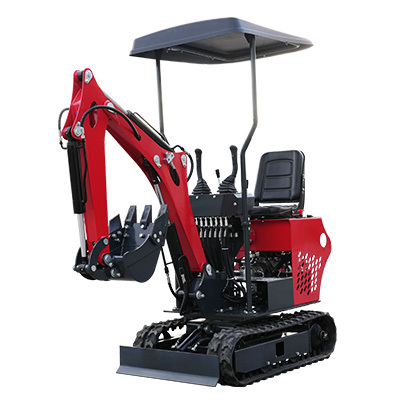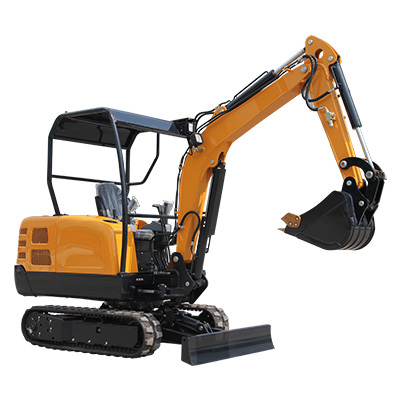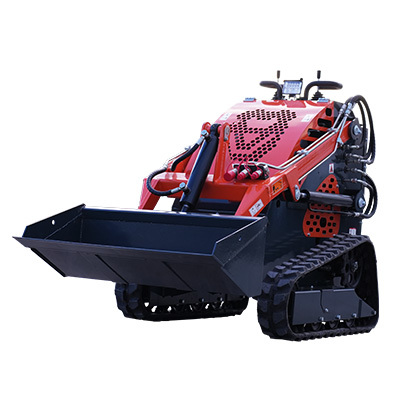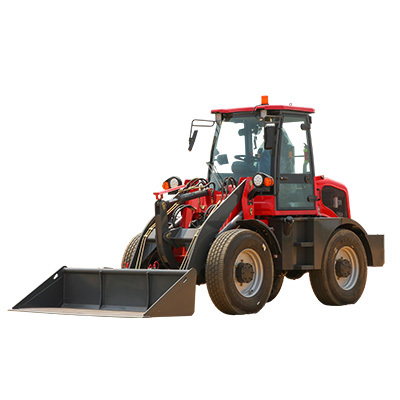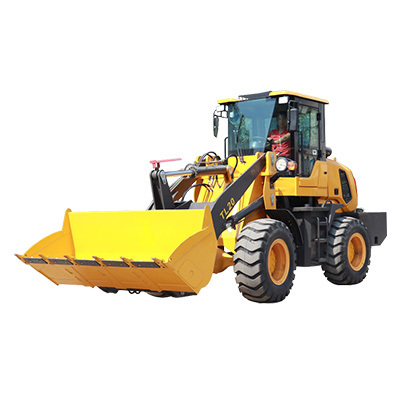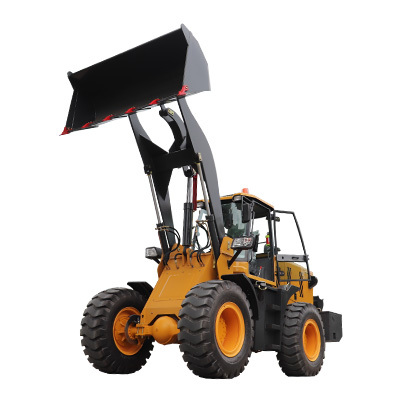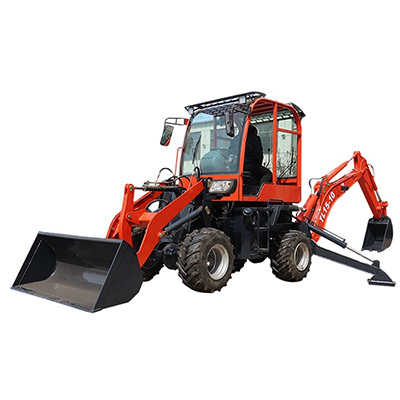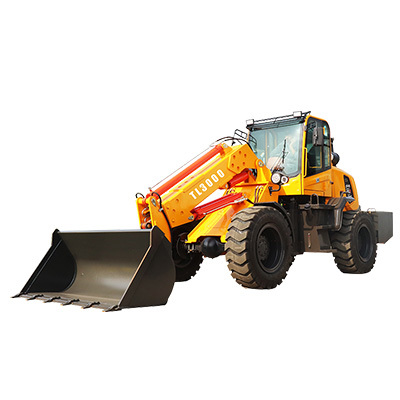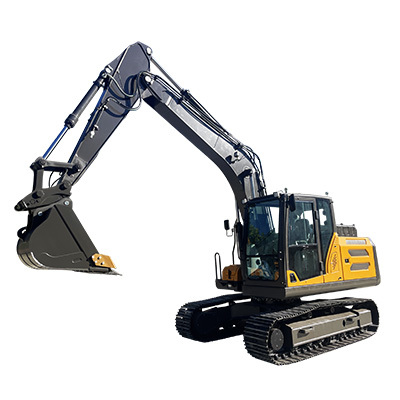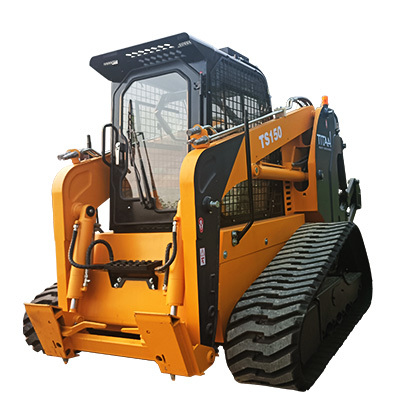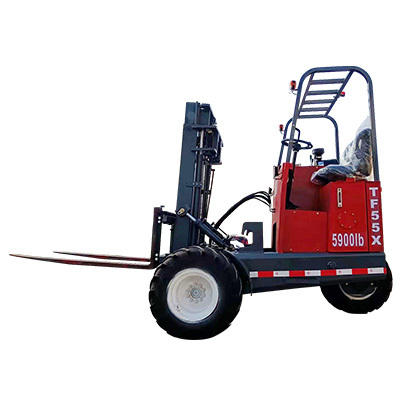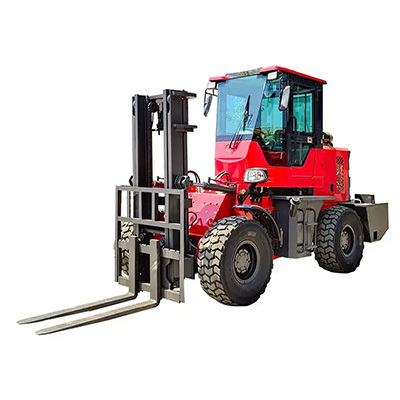The Ultimate Guide to Choosing the Right Handling Equipment for Your Warehouse
Release time:
2025-06-22
Summary
The Ultimate Guide to Choosing the Right Handling Equipment for Your Warehouse
Table of Contents
Understanding Handling Equipment
The Importance of Choosing the Right Equipment
Types of Handling Equipment
Manual Handling Equipment
Powered Handling Equipment
Factors to Consider When Choosing Equipment
The Ultimate Guide to Choosing the Right Handling Equipment for Your Warehouse
Table of Contents
- Understanding Handling Equipment
- The Importance of Choosing the Right Equipment
- Types of Handling Equipment
- Factors to Consider When Choosing Equipment
- Maintenance and Support
- Cost vs. Value: Making the Right Investment
- Future Trends in Handling Equipment
- FAQs
Understanding Handling Equipment
Handling equipment refers to various tools and machines designed to facilitate the movement, storage, and management of goods and materials within a warehouse environment. This equipment is critical to streamlining operations, improving productivity, and ensuring workplace safety. Understanding the types and functions of handling equipment will allow warehouse managers to make informed purchasing decisions that align with their operational needs.
The Importance of Choosing the Right Equipment
Selecting the appropriate handling equipment is fundamental to maximizing the efficiency of warehouse operations. The right tools can significantly enhance productivity, reduce the risk of injuries, and optimize space utilization. In contrast, inadequate or ill-suited equipment may lead to increased operational costs, slower processes, and potential safety hazards. Therefore, it is crucial to assess your warehouse's unique requirements and make strategic choices based on these factors.
Types of Handling Equipment
Several categories of handling equipment are available, each catering to different operational needs. Understanding these categories can help warehouse managers select the right tools for their specific applications.
Manual Handling Equipment
Manual handling equipment is designed for ease of use without requiring powered mechanisms. Common types include:
- **Pallet Jacks**: Essential for moving palletized goods across short distances within a warehouse. They come in manual and electric versions, allowing for versatility based on operational needs.
- **Hand Trucks**: Ideal for transporting smaller loads, hand trucks offer a simple, effective means of moving items without heavy lifting.
- **Carts and Trolleys**: Used for transporting various goods, these tools can increase efficiency when moving multiple items at once.
- **Dollies**: Perfect for moving heavy objects, dollies simplify the transport process, allowing for better weight distribution and ease of movement.
Powered Handling Equipment
Powered handling equipment includes motorized tools that facilitate the movement of goods with minimal physical effort. Key types include:
- **Forklifts**: A staple in many warehouses, forklifts provide heavy lifting capabilities and can handle various loads efficiently. They come in different types, including counterbalance, reach, and pallet jacks.
- **Electric Pallet Trucks**: These powered versions of manual pallet jacks offer greater lifting and moving capabilities, reducing strain on workers and increasing speed.
- **Stackers**: Ideal for lifting and stacking materials, stackers can increase vertical storage capacity within a warehouse.
- **Automated Guided Vehicles (AGVs)**: These cutting-edge machines navigate corridors autonomously to transport goods, enhancing operational efficiency and reducing labor costs.
Factors to Consider When Choosing Equipment
When selecting handling equipment for your warehouse, several factors must be evaluated to ensure that the right choices are made.
Weight Capacity
Assessing the weight capacity of handling equipment is vital. Different equipment types are designed to handle varying load weights. It is crucial to consider the heaviest items your warehouse manages and select equipment that can accommodate these loads without risk of damage or failure.
Warehouse Layout
The physical layout of your warehouse significantly influences the type of handling equipment you should invest in. Narrow aisles may require compact equipment like electric pallet jacks, while spacious warehouses may benefit from larger forklifts. Understanding your space can lead to better maneuverability and efficiency.
Safety Features
Safety should always be a top priority when selecting handling equipment. Look for features such as:
- **Stability Systems**: Equipment with enhanced stability features can reduce the risk of tipping.
- **Ergonomic Design**: Tools designed to promote proper posture can minimize the risk of injuries for operators.
- **Alert Systems**: Many modern machines are equipped with alarms and visibility indicators to alert nearby personnel of movement, increasing safety.
Maintenance and Support
Investing in handling equipment requires considering its long-term maintenance and support. Choose suppliers that offer comprehensive service agreements and warranties. Regular maintenance can prolong the life of your equipment and ensure optimal performance. Additionally, robust customer support can assist in addressing any issues that may arise.
Cost vs. Value: Making the Right Investment
The initial cost of handling equipment is only one aspect to consider. Evaluating the long-term value involves examining factors such as:
- **Operating Costs**: Fuel consumption, maintenance, and repair expenses contribute to overall operating costs.
- **Employee Efficiency**: Equipment that enhances workflow and reduces strain can lead to more productive employees.
- **Return on Investment (ROI)**: Assessing how the equipment will improve your operations can help justify initial expenditures.
Future Trends in Handling Equipment
The handling equipment industry is rapidly evolving, with several trends set to shape the future:
- **Automation and Robotics**: As technology advances, more warehouses are adopting automated solutions for efficiency and cost-effectiveness.
- **Sustainability**: Eco-friendly equipment options are becoming increasingly popular as businesses aim for reduced carbon footprints.
- **Data Analytics**: Smart equipment utilizing data analytics can optimize operations by providing insights into usage patterns and maintenance needs.
FAQs
What is the best handling equipment for a small warehouse?
For small warehouses, **manual handling equipment** like pallet jacks and hand trucks may be ideal due to their versatility and compact size.
How often should handling equipment be maintained?
Regular maintenance should occur according to manufacturer recommendations, typically every 6-12 months, depending on usage.
Are electric forklifts better than gas-powered ones?
Electric forklifts generally offer lower operating costs and reduced emissions, making them a more sustainable choice for many warehouses.
What safety features should I look for in handling equipment?
Look for features such as stability systems, ergonomic designs, and alert systems to enhance safety in the workplace.
How do I know the right weight capacity for my handling equipment?
Evaluate the heaviest items you will move and select equipment that exceeds that weight for optimal safety and performance.
Conclusion
Choosing the right handling equipment for your warehouse is a critical decision that impacts efficiency, safety, and productivity. By understanding the types of equipment available, assessing your operational needs, and considering key factors like weight capacity and warehouse layout, you can make informed choices that enhance your operations. As the industry evolves, staying informed about trends and innovations will also position your warehouse for future success. Making the right investment today lays the groundwork for a more efficient and effective warehouse tomorrow.
More News

